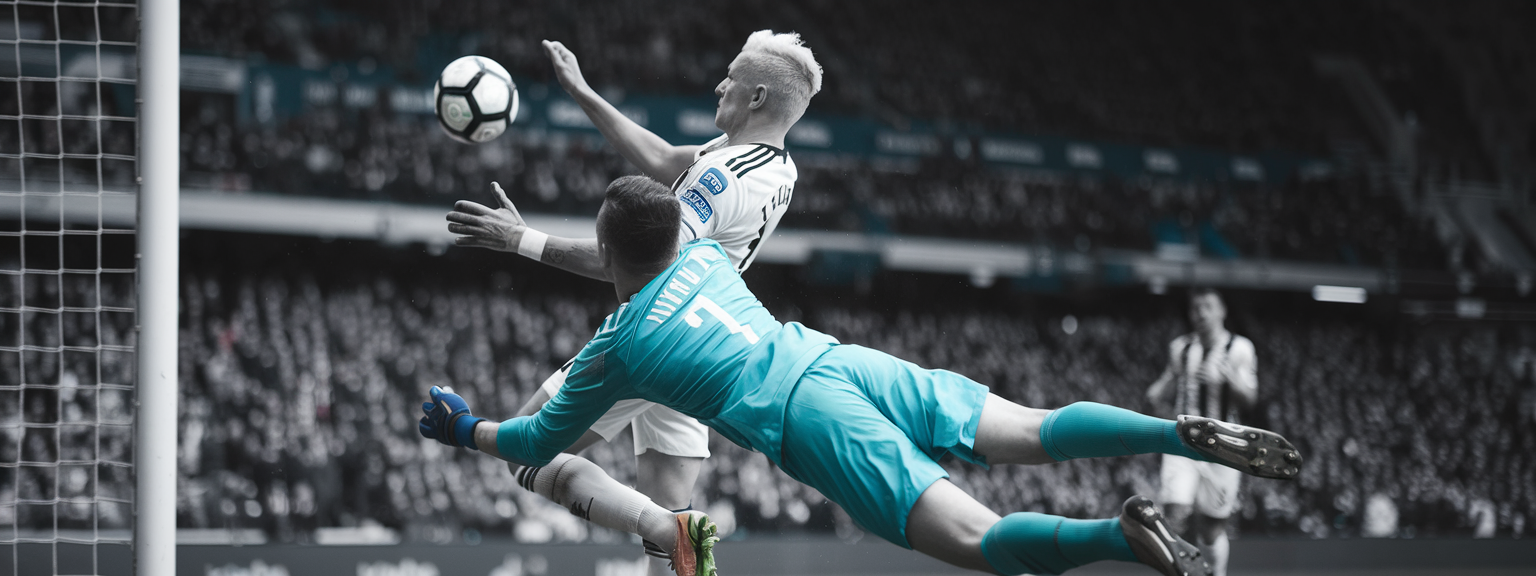Turn Passion Into Profit: 10 Proven Strategies to Monetize Your Skills

📝 Step-by-Step Guide: Turn Passion Into Profit
Turn Passion Into Profit begins with clarity. First, define the niche that aligns with your skills and local market demand. Then validate demand with small tests. By following a clear roadmap, you can transition from hobbyist to paid professional, monetize your passion, and build a sustainable passion-based business.
Step 1 — Clarify Your Passion and Identify a Niche
Begin by listing the genres you enjoy: portraits, weddings, product, real estate, street, or food. Next, apply niche identification methods. For example, use Instagram hashtags, Google Keyword Planner, and local competitor searches. Narrow to one primary niche and one side niche. Specialization increases authority and conversion.
Step 2 — Validate Demand & Monetization Paths
Validation reduces risk. For instance, run a low-cost ad to sell a mini-session, or list a small batch of images on stock sites. If you receive inquiries or sales, you have evidence to scale. Validate client services, digital products like presets, or passive streams such as licensing.
Step 3 — Build Product and Service Offerings
- Service-based: Create 3-tier packages (Bronze / Silver / Gold) with clear deliverables.
- Product-based: Sell prints, photo books, and presets to monetize your passion.
- Digital education: Develop a workshop or an evergreen online course to reach students worldwide.
- Licensing: Package images for stock or brand use with clear usage terms.
Step 4 — Create a Portfolio & Sales Funnel
Your website is the hub. Use a fast template and optimize gallery pages for niche keywords. Offer a lead magnet such as “10 Posing Tips for Portraits” to capture emails. Then, automate an email sequence that guides prospects from discovery to booking or purchase.
Step 5 — Pricing Strategy & Packaging
Price both for cost recovery and for client-perceived value. Use cost-based pricing initially and transition to value-based pricing as you build proof. Offer add-ons like prints or extended usage rights to increase average order value.
Step 6 — Launch & Marketing
Combine organic content — Reels, blog posts, and Pinterest — with focused paid ads for high-intent terms. Partner with complementary vendors to expand reach. Importantly, track marketing ROI and optimize channels that convert.
Step 7 — Deliver Exceptional Client Experience
- Use clear contracts and intake forms.
- Provide a pre-shoot guide and timeline.
- Request reviews and referrals after delivery.
Step 8 — Scale & Diversify Income Streams
Scale by hiring support, licensing work, and launching digital products. As revenue stabilizes, diversify into workshops, presets, and subscription offerings to make money from hobbies more reliably.
Step 9 — Automate and Optimize
Automate scheduling, contracts, and email marketing. Then monitor KPIs such as lead conversion rate, average sale, and client lifetime value. Use these metrics to refine offers and pricing.
Step 10 — Reinvent & Reinvest
Reinvest profits into education, equipment, and marketing. Refresh your portfolio seasonally and iterate on products based on sales and feedback. Over time, this approach sustains long-term growth.
📌 Practical Applications: Turn Passion Into Profit
Client Work — Weddings, Events, Commercial
Client work remains the fastest path to income. For instance, wedding photography produces substantial per-event revenue and referrals. Therefore, build vendor relationships and present clear, tiered packages that make it simple for clients to choose.
Portraits and Mini-Sessions
Mini-sessions create urgency and attract new customers. For example, schedule seasonal mini-session days with a fixed fee and optional print packages. This tactic helps establish steady local demand.
Real Estate & Architectural Photography
Real estate photography provides recurring work with agents and developers. Invest in wide-angle lenses and rapid editing workflows to maximize throughput and profit per hour.
Product & E-commerce Photography
E-commerce sellers need consistent, web-ready images. Offer packages that include lifestyle shots, white-background images, and optimized exports. In addition, provide retouching and mockups as upsells.
Stock Photography & Licensing
License images through stock platforms or directly to brands. Focus on niche themes and batch produce cohesive sets. Keywording and metadata are essential so images surface for buyer searches.
Prints, Galleries, and Art Shows
Sell limited-edition prints online and in local venues. Frame options and certificates of authenticity increase perceived value. Also, partner with local shops to display work and collect leads.
Online Courses, Presets, and Memberships
Create products once and sell repeatedly. For example, a preset pack bundled with short tutorials or an evergreen course on composition can produce passive income. Offer membership tiers for ongoing coaching and exclusive assets.
By choosing a focused application, you reduce friction and accelerate results. For example, combine mini-sessions with a preset pack to reach both local buyers and global customers who want to monetize their passion.
💡 Tips & Tricks: Turn Passion Into Profit
Branding & Niche Identification
Be specific. A focused tagline — for example, “documentary elopement photographer for adventurous couples” — performs better than a generic title. In addition, maintain a consistent visual palette across channels to reinforce recognition.
SEO & Content Strategy
Optimize image alt text and file names. Also, publish local SEO pages such as “best engagement photo locations in [city]”. This tactic improves organic traffic and helps you monetize your passion via search.
Efficient Workflow & Editing
Batch processing, customized presets, and selective outsourcing save time. For example, use Lightroom presets for an initial pass, then do a creative final pass. As a result, you increase billable hours and reduce turnaround time.
Pricing & Sales Psychology
Use three-tier pricing and highlight the mid-level as the recommended option. Use urgency for mini-sessions and scarcity for limited-edition prints. These psychological cues increase conversions and help you make money from hobbies at scale.
📸 Sample Scenario
Case Study — Street Photographer to Six-Figure Business
Consider Emily, who focused on minimalist street portraits. She validated demand by selling prints and building an email list with a local guide. Subsequently, she launched a subscription product and workshops. Over time, licensing and brand collaborations produced higher-margin income streams.
Timeline and Actions
- Months 0–3: Niche selection and low-cost validation campaigns.
- Months 3–6: Productize offers — prints, subscription, workshops.
- Months 6–12: Launch online course and automate sales with email funnels.
- Year 2+: Scale via partnerships, retreats, and higher-priced offerings.
This case demonstrates how a clear niche and diversified revenue streams allow photographers to turn passion into profit consistently.
✅ Key Do’s for Effective Usage
Checklist
- Do identify a narrow niche and build authority around it.
- Do validate demand before heavy investment.
- Do create three clear, tiered offers.
- Do document workflows for repeatability and efficiency.
- Do collect emails and nurture leads with useful content.
- Do register your business and understand tax and legal obligations.
- Do protect your work with contracts and clear licensing terms.
❌ Common Mistakes to Avoid
Typical Pitfalls
- Trying to be everything to everyone — instead, choose a focused niche.
- Underpricing to win work — instead, use cost-plus and value-based pricing.
- Skipping contracts — instead, use clear templates that define licensing.
- Relying on a single income stream — instead, diversify with products and services.
- Neglecting SEO — instead, publish local and niche content consistently.
🔄 Troubleshooting & FAQs
Why Am I Not Selling or Getting Clients?
Common reasons include low traffic, unclear pricing, and weak calls-to-action. Therefore, improve SEO and simplify your booking flow. For example, add clear package pages and a one-click booking button to increase conversions.
How to Improve Website SEO for Photographers?
Focus on local keywords, optimize image alt text and file names, and publish how-to guides that answer client questions. Use schema markup for LocalBusiness and Product where possible.
What are the best AI tools for productivity?
For photographers and creators, the most practical AI tools include:
- Adobe Sensei (Lightroom/Photoshop) for auto-masking and intelligent adjustments.
- Topaz Labs (Gigapixel, Denoise AI) to enhance image quality and reduce noise.
- ChatGPT or Claude for drafting website copy, email sequences, and course outlines.
- Luminar Neo for rapid sky replacements and batch enhancements.
- Zapier or Make (Integromat) to automate booking → email → invoice workflows.
- Descript for efficient video editing and repurposing long-form content into short clips.
How Do I Price My Services as a Beginner?
Start with cost-plus pricing: calculate hours × hourly rate + overhead + profit margin. Then position an entry-level offering at around 75% of the local market average to gain initial traction.
What Legalities Should Photographers Consider?
Register an appropriate business entity, obtain equipment and liability insurance, and use contracts that clearly define copyright and licensing terms. This protects both you and your clients.
How Do I License My Images and Set Usage Fees?
Identify the intended use (editorial, commercial, advertising) and price accordingly. Offer time-limited or exclusive licenses and always put usage, territory, and duration in writing.
What if I’m Camera-Shy or Don’t Want to Be the Face of My Brand?
Focus on your work instead of personal branding. Use behind-the-scenes shots of the process and client testimonials to communicate credibility and attract customers without making yourself the center of attention.
How Long Until I Make Money from Photography?
Service-based income can begin within weeks to months if you actively sell. Meanwhile, passive income such as courses and licensing generally takes longer to develop but compounds over time.
🖼️ Bringing It All Together
90-Day Roadmap
This 90-day plan consolidates the steps above. In the first 7 days, choose your niche and build a simple site. Over the next three weeks, validate with a mini-session campaign and a lead magnet. In the following 30 days, productize a digital asset such as a preset pack or an ebook. Finally, automate systems and test a small ad spend to scale.
In summary, to Turn Passion Into Profit you must combine niche clarity, tested monetization paths, and systems for delivery and marketing. Use automation to increase capacity, diversify revenue sources to reduce risk, and reinvest to accelerate growth. With consistent focus and practical execution, your photography hobby can become a reliable passion-based business.

![[Stunning Images Lighting And Editing] [Studio portrait with dramatic lighting and color grading to demonstrate stunning images]](https://lenslesson.com/wp-content/uploads/2025/11/advanced-stunning-images-lighting-composition-editing.png)
![[Travel Photography Tips Sunset Shot] [Photographer framing a mountain sunrise to demonstrate travel photography tips]](https://lenslesson.com/wp-content/uploads/2025/11/travel-photography-tips-sunset-shot.png)


![[Portrait Photography Lighting Setup] [Portrait photographer adjusting softbox to achieve flattering portrait photography of a smiling subject]](https://lenslesson.com/wp-content/uploads/2025/11/portrait-photography-softbox-lighting-setup.png)
![[Essential Photography Gear Flat Lay] [Flat lay of essential photography gear: camera, lenses, tripod, and camera bag]](https://lenslesson.com/wp-content/uploads/2025/11/photography-gear-essentials-flatlay.png)
